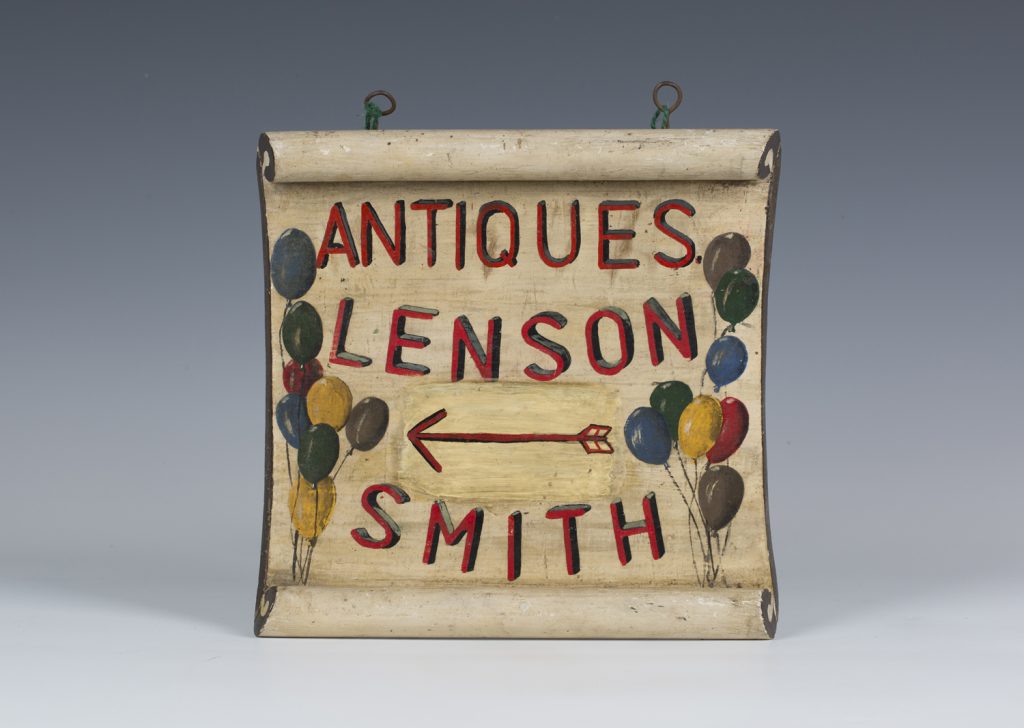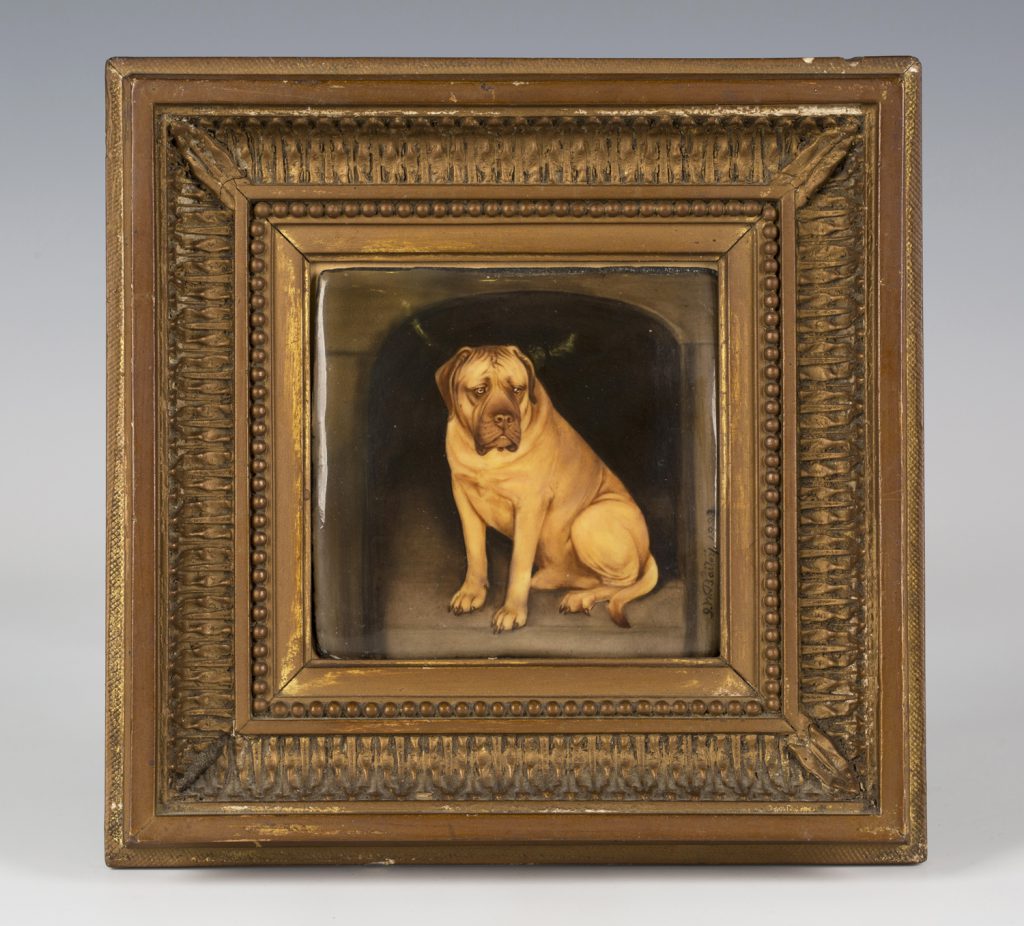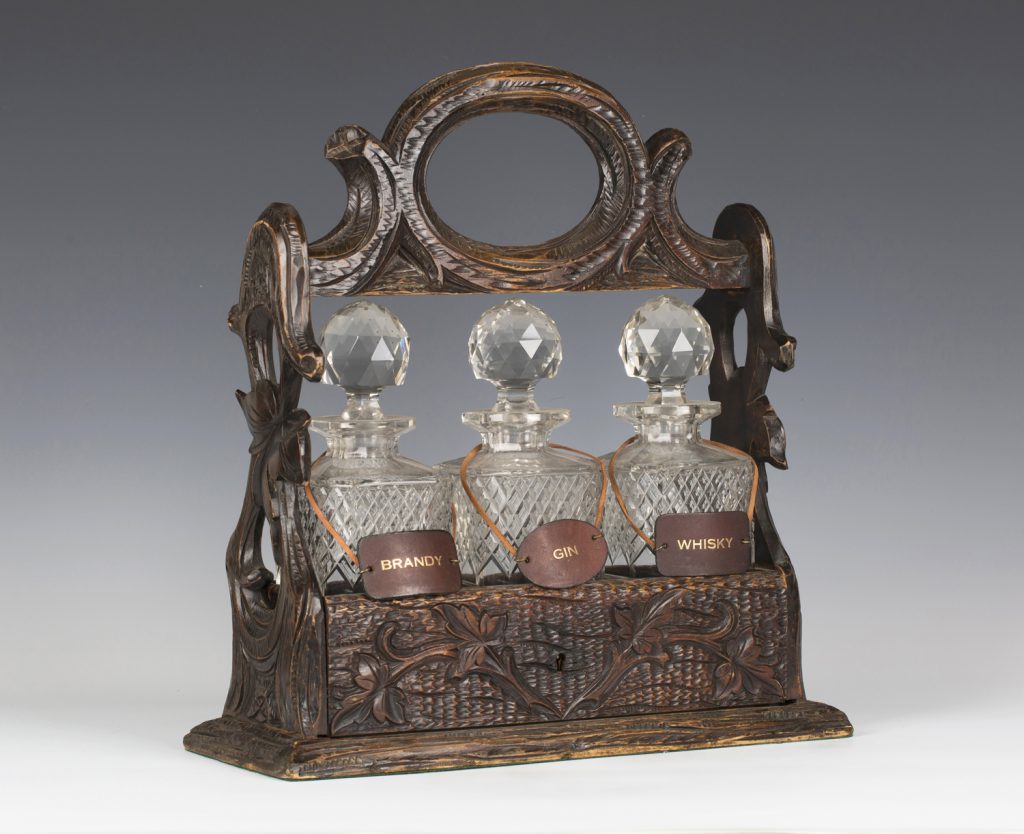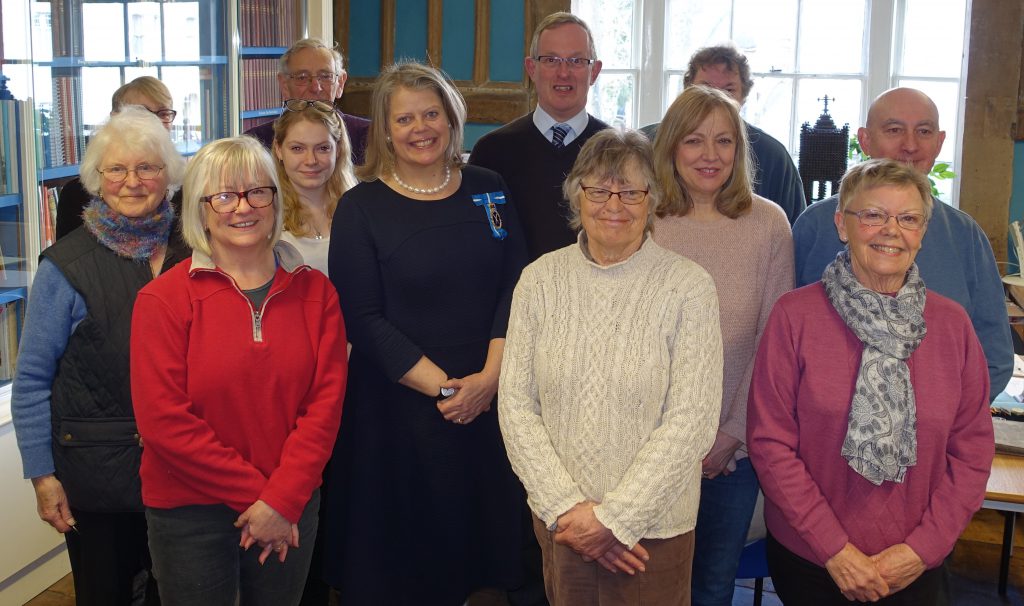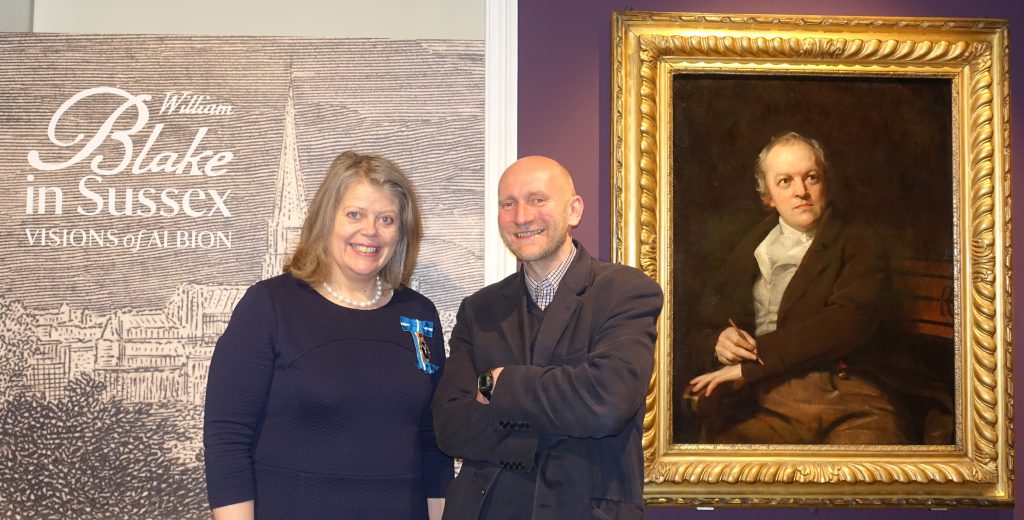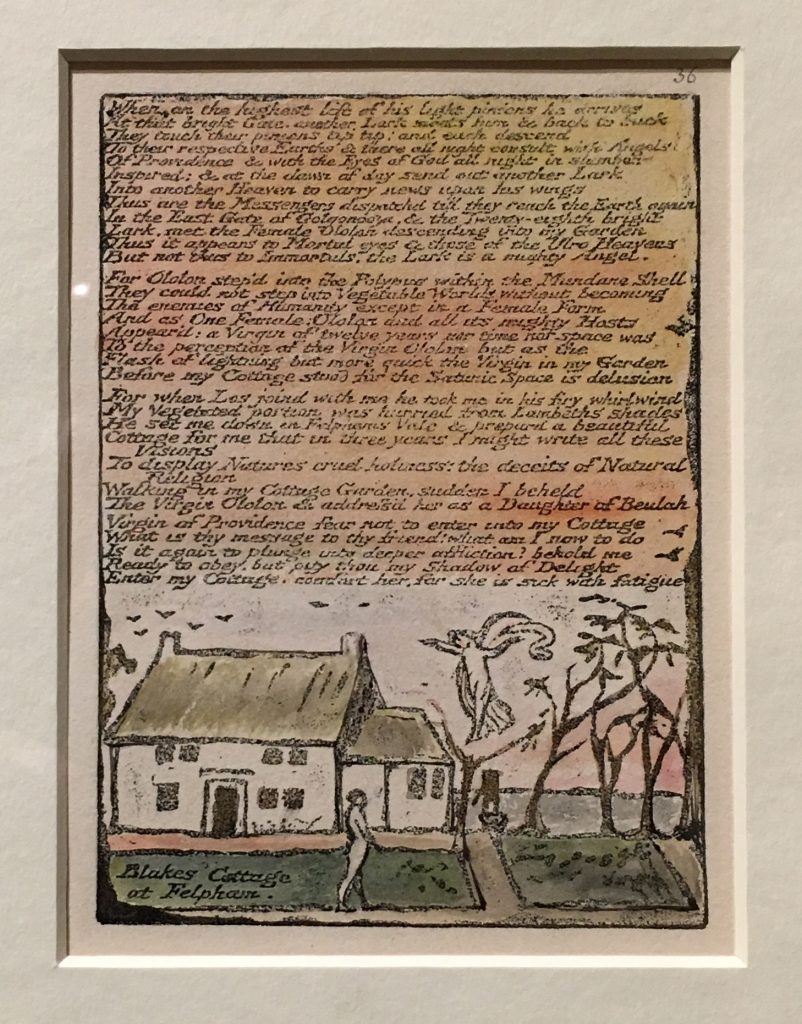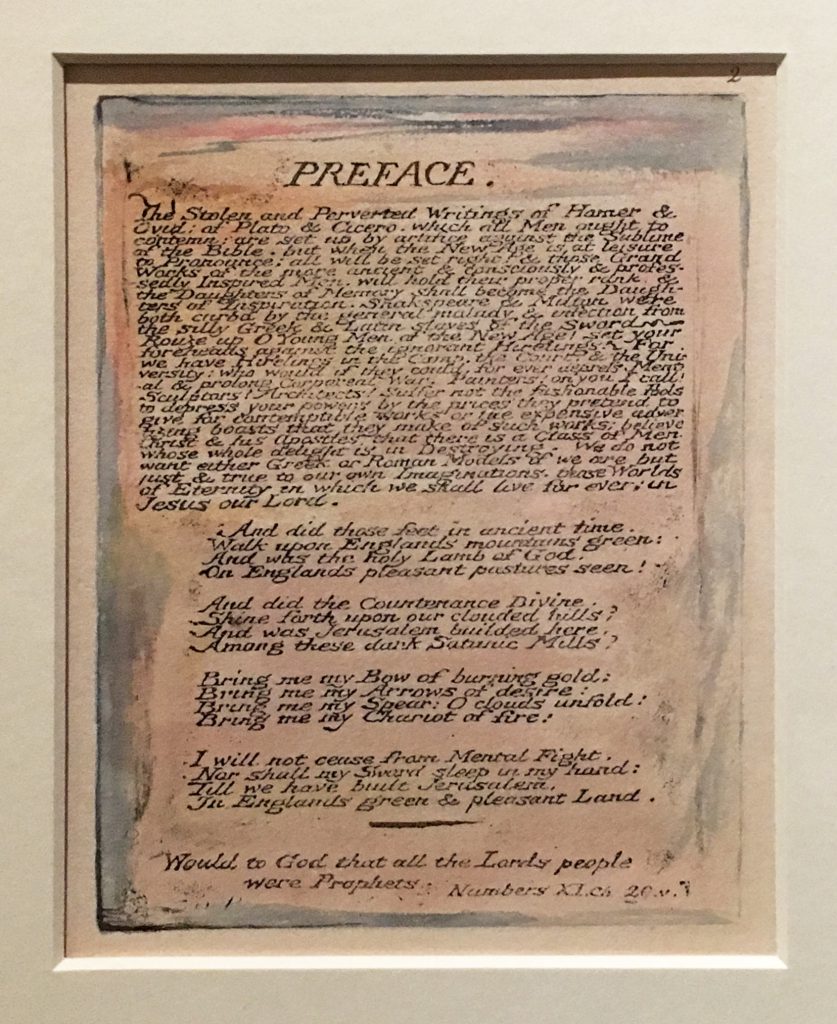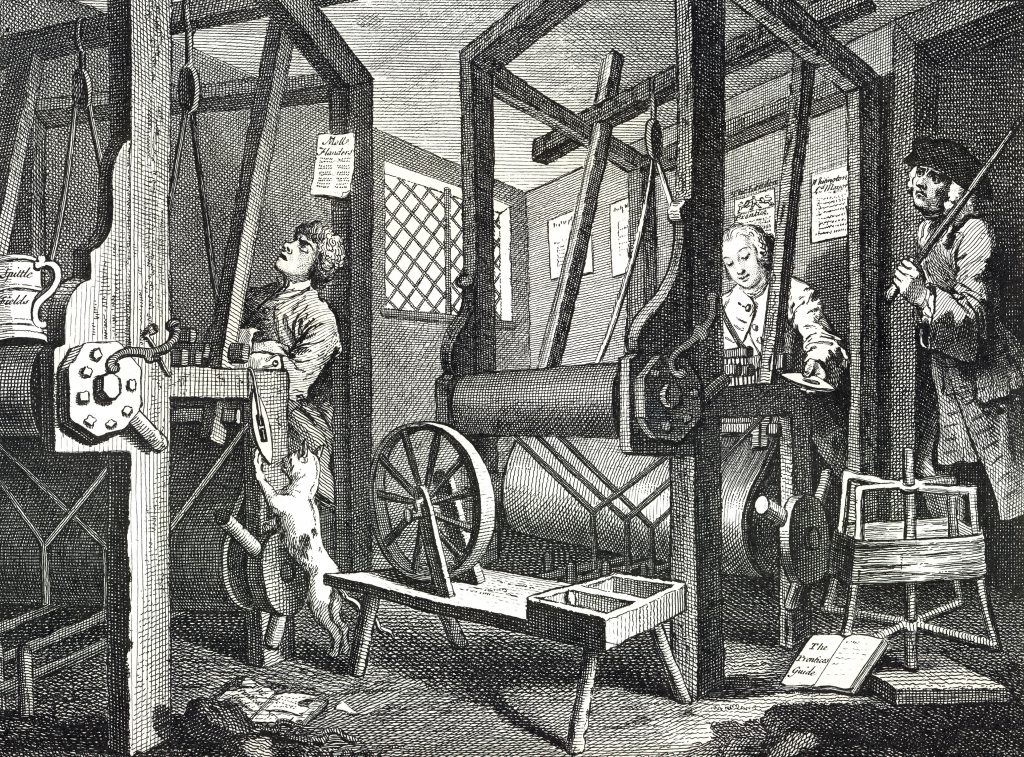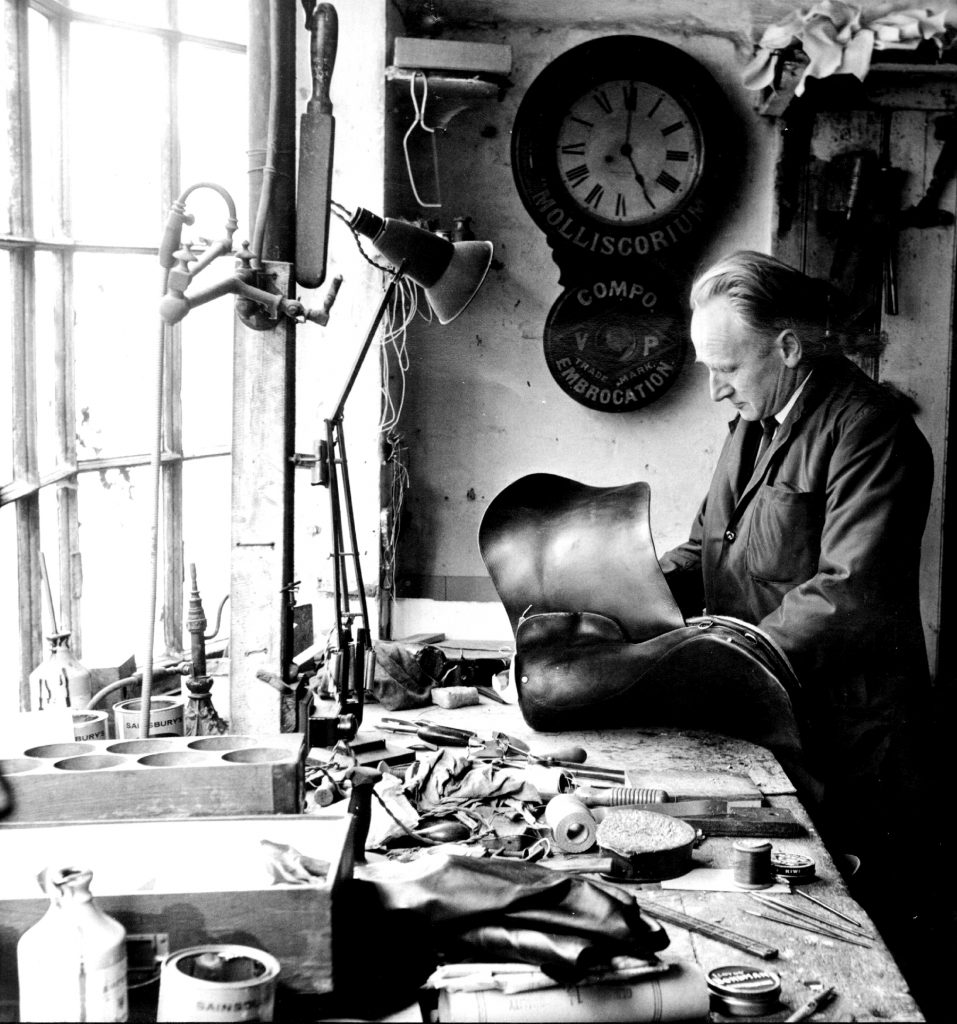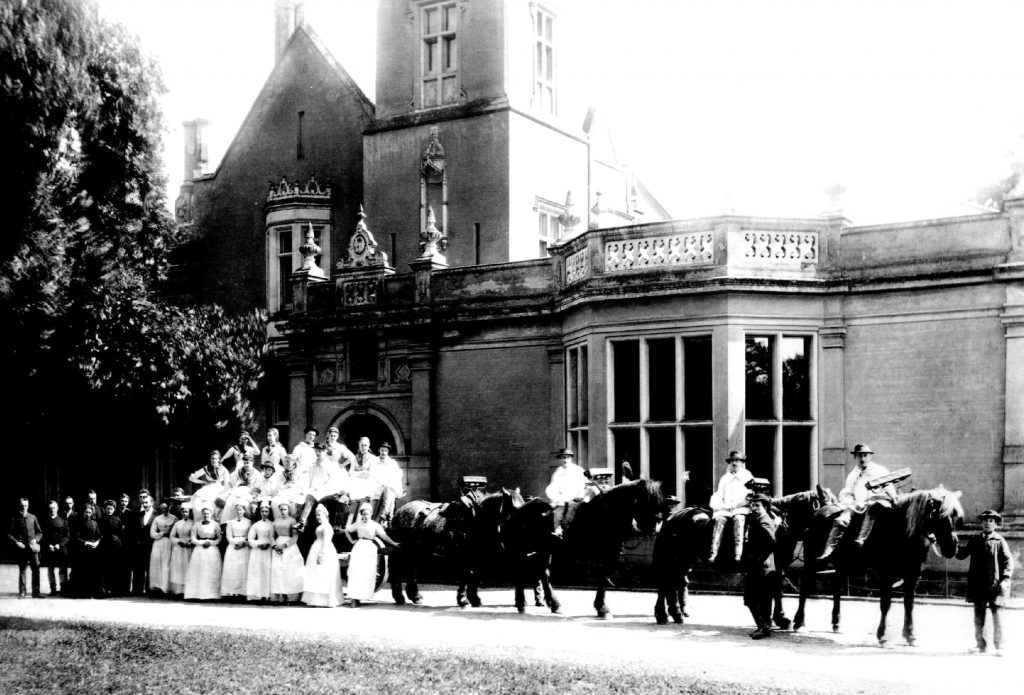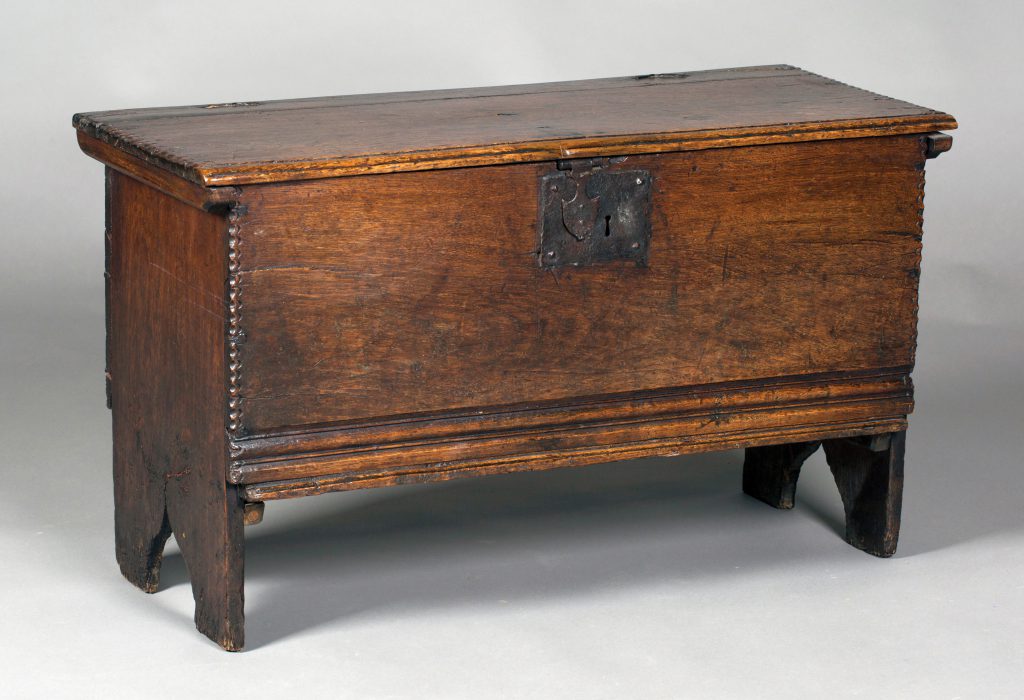
I have always loved the comfort and grace afforded by English country furniture dating from the mid-1600s to the mid-1700s. It was handmade by artisans who understood the importance of proportion, use and the materials they worked in.
We live in an age of conservation rather than restoration. Today’s collectors value originality, colour and rarity.
There is perfection in the imperfection of these handmade pieces. The combination of the subtle undulations of hand cut and finished timber with countless layers of beeswax causes light to be reflected with a softness and depth. Over time the application of beeswax to furniture changes its colour; polished in soot and dust add to the patina and value of a piece.
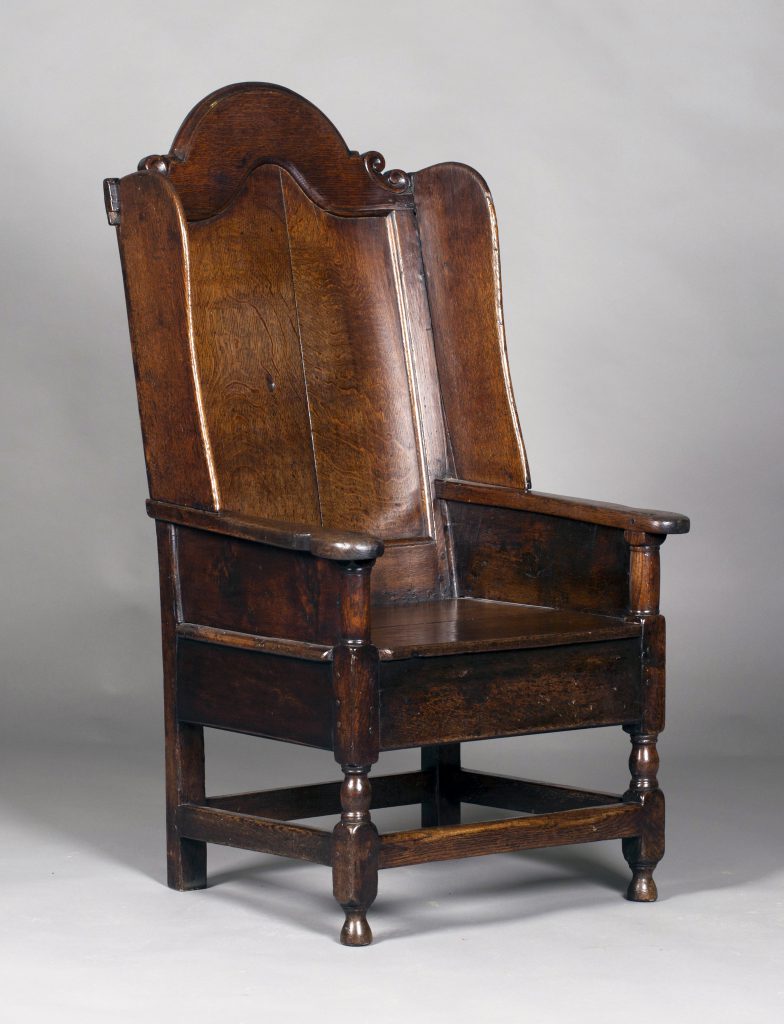
I discovered the oak Wainscot armchair illustrated in a collection of country furniture in Richmond. It dates from the late 17th or early 18th century and its construction is incredibly original. Chairs from this period, particularly armchairs, were symbols of status. Its colour and proportions are superb. The box base and wing back are rare. You more commonly find this type of chair without wings. When they have a drawer to the base they are often referred to as Lambing chairs. The demand for regional vernacular furniture reaches across the country and this one was sold to a Yorkshire collector.
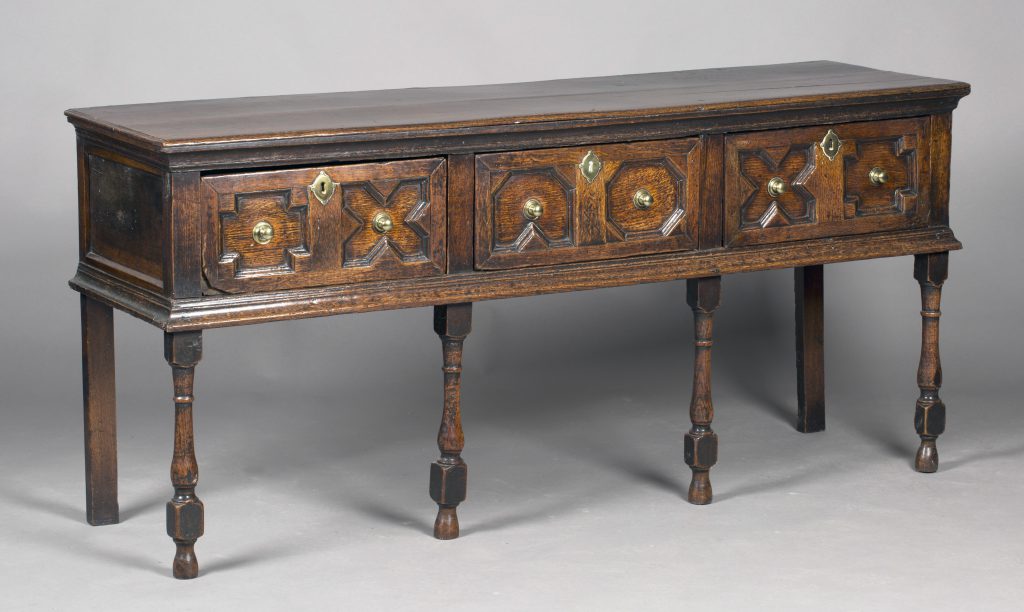
The plating and presentation of food was as important in the 17th and 18th centuries as it is today and was known as ‘dressing’. The piece of furniture where this took place was referred to as the dresser. The fine late 17th century oak ‘formal’ dresser seen here with its geometric moulded decoration would have been used in a dining room to put the finishing touches to food as it was arranged on the plates before they were placed on the dining table.
The mid-17th century six plank coffer is small and of fine proportion with a beautiful patina. Where furniture is made by pinning the edges of wooden planks together by means of nails or pegs it is known as boarded or plank construction. The chip carving on the sides, moulded decoration to the apron and original wire hinges are also rare and it is subtle details like these that draw the attention of the connoisseur. This example was bought by a Sussex collector.
Prices for fine examples like these remain strong and they realised thousands.
Country furniture combines quality with informality and a sense of joie de vivre. More typical 17th and 18th century Wainscot chairs, dressers and coffers, still of lovely quality, can be acquired for hundreds of pounds representing a wonderful opportunity to furnish in the English country house taste.
By Rupert Toovey, a senior director of Toovey’s, the leading fine art auction house in West Sussex, based on the A24 at Washington. Originally published in the West Sussex Gazette.
